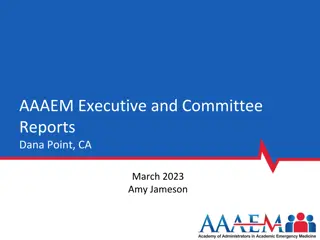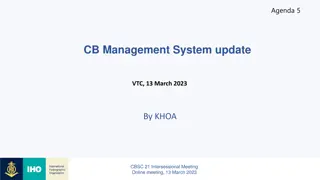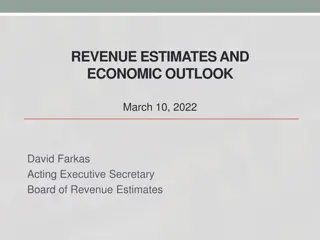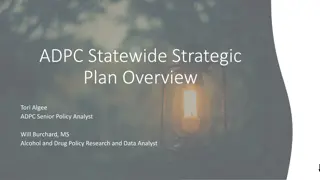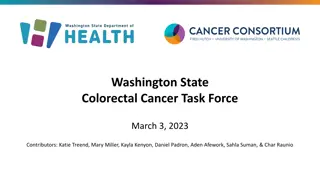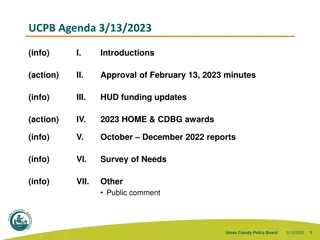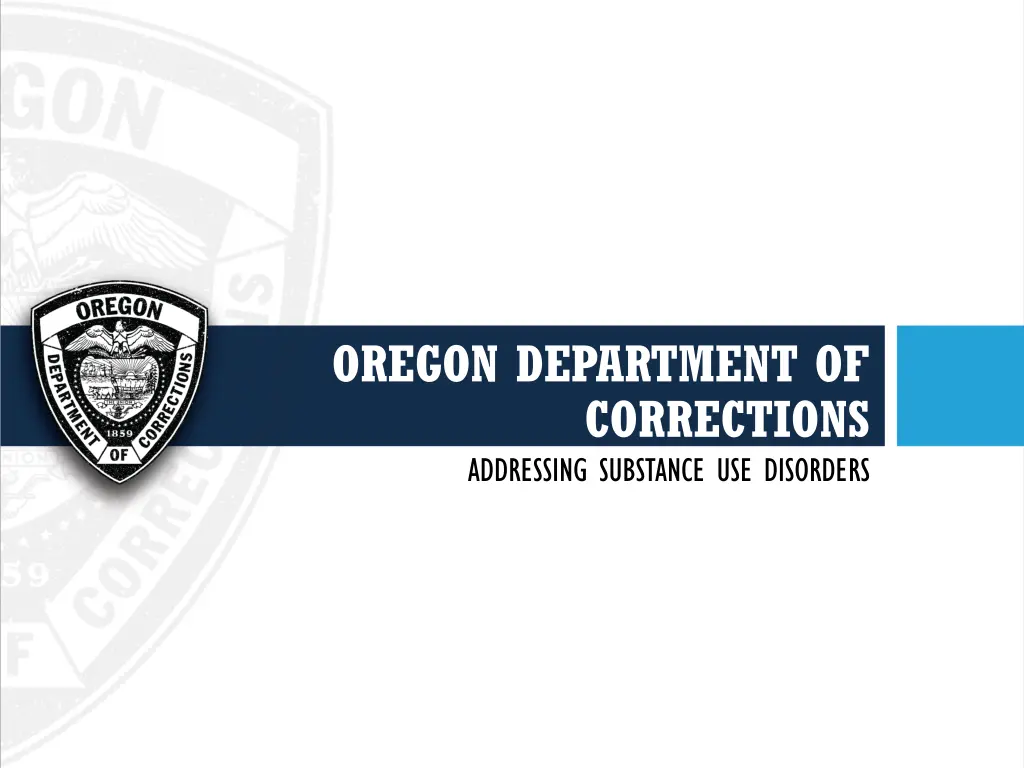
Addressing Substance Use Disorders in Oregon Department of Corrections
Explore Oregon Department of Corrections' initiatives in addressing substance use disorders, including medication-assisted treatments, alternative incarceration programs, and the impact of HB2257. Learn about community engagement efforts and data analysis findings highlighting the need for expanded access to treatment services within DOC institutions.
Download Presentation

Please find below an Image/Link to download the presentation.
The content on the website is provided AS IS for your information and personal use only. It may not be sold, licensed, or shared on other websites without obtaining consent from the author. If you encounter any issues during the download, it is possible that the publisher has removed the file from their server.
You are allowed to download the files provided on this website for personal or commercial use, subject to the condition that they are used lawfully. All files are the property of their respective owners.
The content on the website is provided AS IS for your information and personal use only. It may not be sold, licensed, or shared on other websites without obtaining consent from the author.
E N D
Presentation Transcript
OREGON DEPARTMENT OF CORRECTIONS ADDRESSING SUBSTANCE USE DISORDERS
ODOC SUD SUD in ODOC Medications for Opioid Use Disorder (MOUD) SB529 Alternative Incarceration Programs Governor Kotek s Recommended Budget
ODOC SUD 2019 HB2257 established that substance use disorders be considered as chronic illnesses for which commensurate treatment is available and provided Directed ODOC to provide a report back to Senate and House Interim Committees on Health Care by July 2020 Based on an intake survey, 63% of the ODOC population has a substance use treatment need, 50% of them classified as severe . This is more than 4 times greater than the community prevalence of SUD (NSDUH).
COMMUNITY ENGAGEMENT Focus groups and qualitative interviews informed the development of the DOC report on HB 2257. Conducted between November 2019 February 2020 Stakeholders included adults in custody, staff, contractors, and community partners Focus groups and interviews included representation from members of BIPOC and LGBTQIA+ communities The voice of adults in custody was centered through the inclusion of adults in custody enrolled in AIP and non-AIP treatment, as well as adults in custody serving in capacities as Certified Recovery Mentors and Peer Recovery Coaches
COMMUNITY ENGAGEMENT The strongest recommendations from these focus groups and interviews were: Expanded access to Substance Use Disorder treatment across DOC institutions More opportunities for SUD treatment during custody (not just pre-release) Greater utilization of a Peer-Based services Recruitment of more treatment staff with lived experience and from BIPOC communities These recommendations were reflected in DOC s report for HB2257, which is the foundation for the program expansion identified in the POP submitted by the ODOC
DATA ANALYSIS In the overall population, 63% need SUD services The Native American population is overrepresented. 78% need SUD services The overall population may benefit from this POP due to being eligible for services at any point in their ODOC stay SUD Need by LEDS race 90% 80% 70% 60% 50% 40% 30% 20% 10% 0% NATIVE ASIAN BLACK HISPANIC PACIFIC ISL WHITE Some SUD Severe SUD
DATA ANALYSIS Women are also overrepresented, with 77% having SUD need, 69% of them severe SUD Need by Gender 90% 80% 70% 60% 50% 40% 30% 20% 10% 0% Women Men SUB2 SUB3
DATA ANALYSIS 19% of the ODOC is eligible for AIP This group has a higher prevalence of SUD need SUD Need by AIP Status 90% 80% 70% 60% 50% 40% 30% 20% 10% 0% No AIP AIP Eligible Some SUD Severe SUD
DATA ANALYSIS This is the racial breakdown of SUD need among those not eligible for AIP The Native American population would disproportionately benefit from SUD service availability SUD Need- not eligible for AIP 80.0% 70.0% 60.0% 50.0% 40.0% 30.0% 20.0% 10.0% 0.0% NATIVE ASIAN BLACK HISPANIC PACIFIC ISL WHITE Some SUD Severe SUD
MEDICATIONS FOR OUD ODOC MOUD pilot Started 10/2021 Included AICs within 13 months of release with a documented OUD ODOC uses two medications Sublocade 30 day injectable formulation of buprenorphine Vivitrol 30 day injectable formulation of naltrexone
EARLY RESULTS During the pilot period, 510 AICs received Sublocade. 18 received Vivitrol. AICs had a choice of medications. ODOC tracked 90 of the AICs who had been released through November 2022 and none of them had been revoked back to custody Also of note: ODOC releases all AICs with 2 doses of naloxone
ODOC TREATMENT CURRENT STATE Currently nearly all substance use disorder (SUD) treatment is offered through the Alternative Incarceration Program (AIP) AIP provides intensive treatment services, completion of which results in a reduction of sentence Requires 14 hours of highly structured and regimented routine every day Must be at least 270 days in duration (180 days of treatment, 90 days of non-prison leave ) ORS 421.506
SB529 SB529 increases flexibility for ODOC Allows ODOC to individualize treatment Allows redistribution of resources to serve more people Allows AICs who are mentally or physically incapable of 14 hour days, 7 days a week, for 6 months to access AIP services Allows a more normalized environment in later stages of treatment
SB529 SB 529 has passed the Senate and has a hearing in House Judiciary on Monday, March 27th
GOVERNORS RECOMMENDED BUDGET (GRB) The GRB expansion of SUD services Two institutions, Oregon State Penitentiary (OSP) and Snake River Correctional Institution (SRCI) Comprise 34% of AICs with SUD (based on intake survey) Includes 33 FTE Will include AIC peer mentors OSP Peer Mentors Diversion Program Pilot


